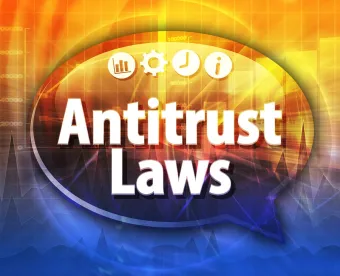When submitting a Hart-Scott-Rodino (“HSR”) Premerger Notification and Report Form and documentary attachments, parties are required to include what are known as “4(c) documents” and “4(d) documents.” Under the HSR requirements, 4(c) documents are “all studies, surveys, analyses and reports which were prepared by or for any officer(s) or director(s) (or, in the case of unincorporated entities, individuals exercising similar functions) for the purpose of evaluating or analyzing the acquisition with respect to market shares, competition, competitors, markets, potential for sales growth or expansion into product or geographic markets.”
Recognizing that the broad description above of 4(c) documents may be subject to multiple interpretations, the Federal Trade Commission (“FTC”) created a “Tip Sheet” to help parties identify 4(c) documents. The Tip Sheet provides guidance on when ordinary course documents would become a 4(c) document, how emails should be treated, and when and if a draft document needs to be included as a 4(c) document. That guidance also applies to 4(d) documents.
Documents that are 4(d) documents include confidential information memoranda as well as documents analyzing the transaction (as described above), created by third-party consultants. The FTC guidance for 4(d) documents provides insight into the interplay between 4(c) and 4(d) documents, including when a 4(d) document may also be a 4(c) document. The FTC periodically updates and modifies its guidance on 4(c) and 4(d) documents, so reviewing the current guidance when preparing for an HSR filing can be instructive.





 />i
/>i

